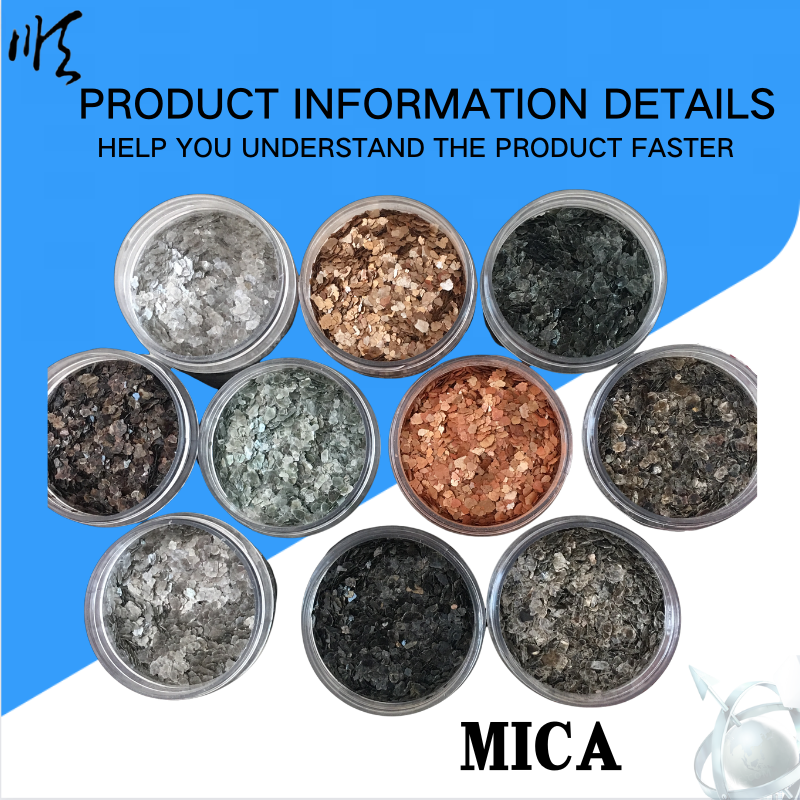
perlite and pumice
Perlite and Pumice A Comprehensive Overview of Two Unique Volcanic Ash Products
Perlite and pumice are two volcanic materials that have gained popularity across various industries due to their unique properties and myriad applications. Both materials are formed from volcanic ash and exhibit remarkable physical characteristics that make them suitable for different uses, particularly in horticulture, construction, and environmental applications. Understanding the differences and similarities between perlite and pumice can help in choosing the right material for specific needs.
What is Perlite?
Perlite is a naturally occurring volcanic glass that is formed when lava cools and traps water vapor within its structure. When heated to high temperatures (approximately 1600°F or 871°C), perlite expands significantly, often up to 20 times its original size. This expansion creates a lightweight, white, and porous material that is highly beneficial in various applications.
In horticulture, perlite is widely used as a soil amendment to improve aeration and drainage. Its lightweight nature helps to prevent soil compaction, allowing roots to grow more freely and access oxygen. The porous nature of perlite also facilitates good water retention while simultaneously allowing excess moisture to drain, which is essential for healthy plant growth.
Additionally, perlite is used in construction as lightweight aggregate in concrete and plaster. Its thermal insulation properties are advantageous in roofing applications, providing energy efficiency in buildings. Moreover, perlite is utilized in the production of industrial fillers and insulation materials.
What is Pumice?
Pumice, on the other hand, is a type of volcanic rock formed from the rapid cooling and depressurization of lava that traps gas bubbles, resulting in a light and porous structure. Pumice is typically grayer or darker than perlite and has a rougher texture. Its density is higher than that of perlite, although it still remains relatively lightweight compared to regular rocks.
perlite and pumice

In horticulture, pumice serves a similar purpose to perlite, acting as a soil amendment that improves drainage and aeration. Its more substantial weight provides stability to container plants and is often preferred for succulents and cacti, which require excellent drainage while still retaining some moisture.
Pumice's applications extend beyond gardening; it is also widely used in construction as an aggregate for lightweight concrete and block production. Its natural abrasive qualities make it suitable for specialized cleaning products and polishing agents. Furthermore, pumice is increasingly being explored in filtration systems for water treatment and is an effective natural abrasive in various industrial processes.
Comparing Perlite and Pumice
While both perlite and pumice offer excellent aeration and drainage properties, they have distinct features that make each more suitable for specific applications. Perlite is generally lighter and has a smoother texture, making it ideal for seed starting and potting mixes. Its higher expansion rate results in a more significant volume, which can be advantageous in certain horticultural settings.
Conversely, pumice tends to retain more moisture due to its denser nature, which makes it a better choice for plants with higher water needs. Moreover, its rough texture can be beneficial for moisture retention while improving soil structure.
Conclusion
In conclusion, both perlite and pumice are valuable materials with unique properties that cater to a wide range of applications, from horticulture to construction. Understanding the differences in their physical characteristics can aid in making informed decisions about their use. Whether improving aeration in potting mixes or providing insulation in construction, perlite and pumice offer versatile solutions rooted in their volcanic origins. As environmental awareness continues to rise, these sustainable materials are likely to play an even greater role in various industries in the future.
Share
-
Premium Talcum Powder Enhanced with GPT-4 Turbo | Soft & Long-LastingNewsAug.02,2025
-
Fly Ash Solutions Enhanced by GPT-4 Turbo | Sustainable InnovationNewsAug.01,2025
-
Natural Premium Bentonite Cat Litter - Superior ClumpingNewsJul.31,2025
-
Premium Resin Coated Sand - High Heat Resistance CastingNewsJul.31,2025
-
High Quality Silicon Carbide Grit for Abrasive ApplicationsNewsJul.30,2025
-
High-Quality Ceramsite for Plants & Gardening | Lightweight PebblesNewsJul.29,2025






